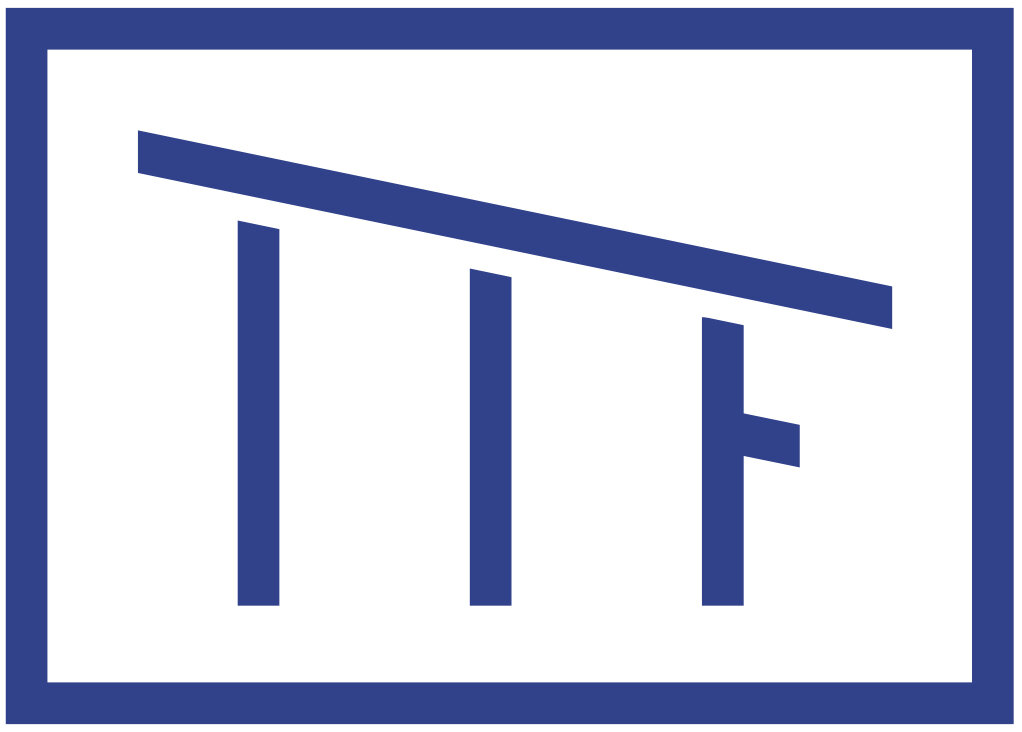On the Inside Colors
One of the main ideas that went into the design of Tusen Takk was (and is) the use of color. Unlike Tusen Takk's private residence (my home), Peter and I decided that the interior structures of the Tusen Takk Foundation Guesthouse and Studios would have neutral tones throughout. This would allow the furniture and the art that's hung on the walls to bring color to the place - and those things can easily be changed to suit future preferences. I have thought a lot about that decision, especially now that I'm building the furniture, hanging artwork with Tom, and equipping the studios.
The idea that the visiting artist, writer, or composer can alter the interior colors of the guesthouse by choosing what they want to see on the windows and walls is an idea that may sound difficult to accomplish but it’s not. Nearly all of the artwork is hung with the Arakawa hanging system. This system begins with aluminum channels built into the ceiling that the Arakawa hardware clips into and can slide sideways to wherever you want a wire hanging down. The only painting that’s fixed in place is Melanie Park’s Tanager’s Table. This painting hangs high up on the black-stained interior stairway wall, unreachable by ladders or scaffolding. Personally, I love this painting with it’s vivid colors and compositional structure. My hope is that those who come here will find it beautiful as well... because it's next to impossible to move! The majority of the rest of the artwork on display can be quickly changed out to something else we have, or to hanging the artist's own work.
Artwork hung in the living quarters is easily changed with the Arakawa hanging system
On the upper left, “Tanager’s Table,” Melanie Parke, 2018, installed in the Guesthouse’s living quarters
As for the studios, I'm building the furniture and work surfaces now and I’m keeping in mind that as much as I want to brighten up the place with interesting colors, I want to keep the actual work surfaces neutral. The reason for this is to make it so the artist is not bothered or distracted by colors they’d rather not be looking at while they’re creating or assembling their work. In practical terms this means I’m placing the colored surfaces out of view when you’re seated or standing up next to a work surface; the colors are underneath. This is the case for all of the work surfaces except the darkroom’s dryside workbench. I made the exception here because every darkroom I’ve ever worked in was a drab, dull, stuffy place and I wanted to bring a bit of cheer into Tusen Takk’s darkroom. So the workbench top surface is a greenish turquoise and the lower shelf is “Tusen Takk red/orange” (not orange, not red, somewhere in between). All of the other studio work surface tops are natural wood or grey linoleum trimmed with wood. Both variations provide a nice, neutral surface to work on. By putting the vivid colors underneath, they’re still there, but you only see them when you enter the studio, not when you're working.
The etching studio’s desk is a perfect example of this purposeful use of color. The bottom shelf is green, the middle shelf is turquoise, the shelf support elements are orange….lots of bright colors, colors that are part of the Tusen Takk pallet. Yet when you’re sitting at the etching studio's desk, the desk’s bleached Douglas Fir legs and unfinished maple butcher block top surface give you a natural tones to look at. I chose to leave the maple butcher block top of this desk unfinished to assure that marks will be left on it by the artists who use this studio. Marks are ok! I want it to be marred, to have ink stains on it. That’s part of Tusen Takk’s ethos, a visible reminder that this is a making place.
Darkroom dryside workbench (studio still a work-in-progress!)
The etching studio desk - completed. (Norwegian photographer, Jo Bentdal’s work, Common Sensibility 1, 2015 is displayed to the left of the Jim Dine poster).
The etching studio desk during construction, showing its colored structural elements.





